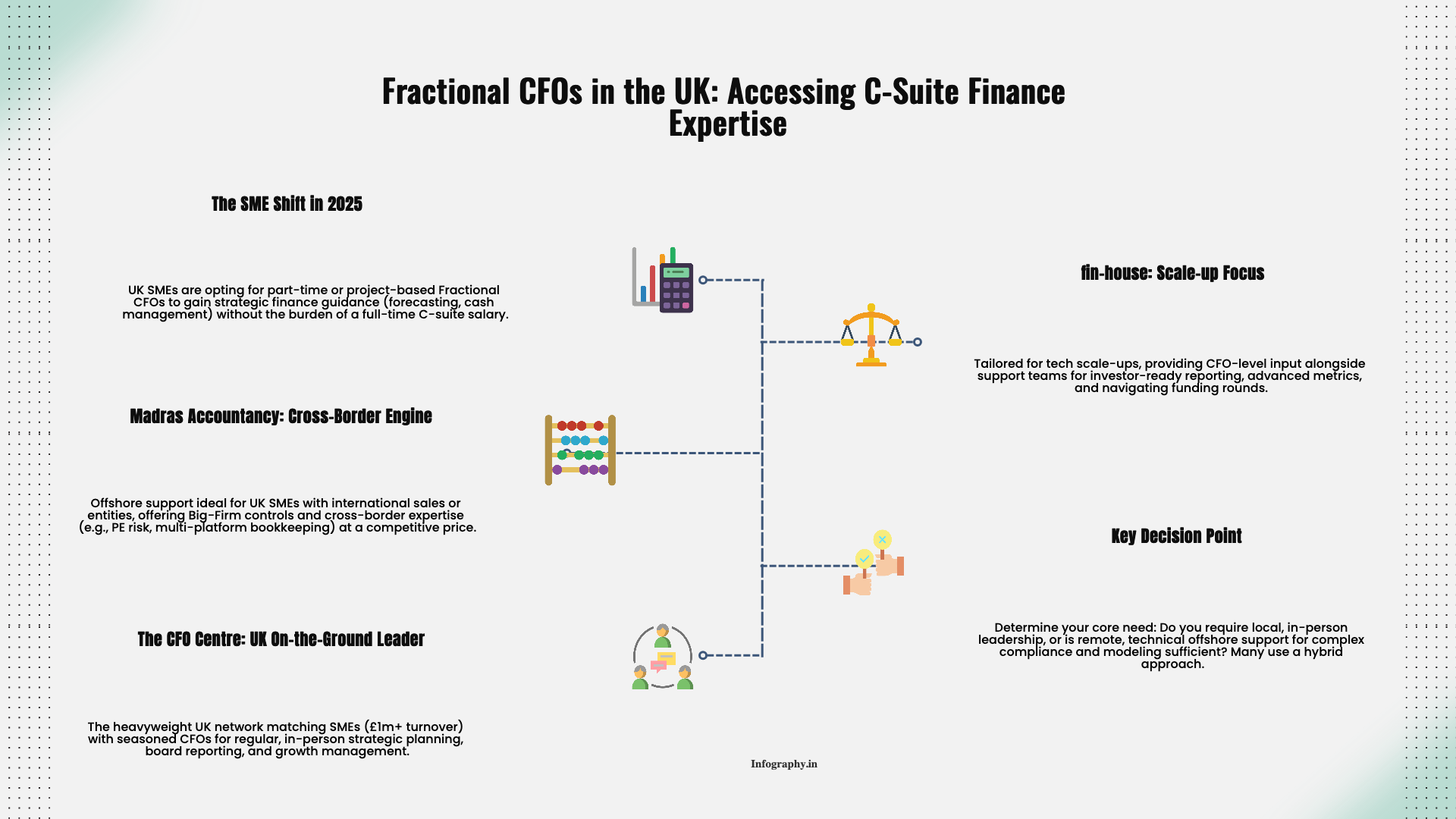Sales tax can feel like a side quest in the life of a business. It does not affect your profit directly, and it is tempting to treat it as a simple toggle in your invoicing system. Yet, when something goes wrong, the amounts involved can be painfully real.
The good news is that many of the worst sales tax issues come from predictable mistakes. If you know what to look for, you can steer around them.
One of the most common errors is underestimating where you are required to collect tax. After Wayfair, economic activity such as sales volume or transaction counts can create nexus in states where you have no physical presence.
If you sell online or ship goods to multiple states, review your sales by state against each state's thresholds. Waiting until a state contacts you usually means you are already behind. Stay updated on sales tax changes to ensure compliance.
Another frequent shortcut is charging a single state rate for all sales, ignoring local add on taxes. In many states, the total rate depends on the combination of state, county, city, and special districts at the delivery location.
Modern tax software can handle these layers, but only if it is configured correctly. If you are still using a flat rate based on your headquarters location for shipped orders, this is a sign to upgrade.
Sales tax has a quieter sibling: use tax. When you buy taxable items from out of state vendors who do not charge sales tax, your business is often responsible for reporting and paying use tax directly to your home state.
Common examples include equipment bought online, software subscriptions from out of state providers, or supplies ordered from vendors who assume you will self assess. Building a simple review of out of state purchases into your monthly routine can keep use tax from piling up unnoticed.
Businesses that have been around for a while sometimes rely on taxability assumptions that were accurate years ago but no longer match current law. Digital goods, cloud services, and certain service bundles are areas where rules have shifted in many states.
If your product mix has changed significantly, or if you have expanded into new types of services, it may be time for a fresh taxability review. A short project here can be cheaper than defending outdated practices in an audit later.
As mentioned earlier, exempt sales without proper certificates are a classic audit problem. Treating "customer said they are exempt" as sufficient proof is risky. States expect specific forms or documentation, and they are often unforgiving when that paperwork is missing.
Strengthening your certificate collection and storage process is one of the most effective ways to protect non taxable revenue. Learn more about managing sales tax exemptions properly.
Finally, many businesses treat sales tax as an annual clean up project rather than an ongoing process. By the time year end arrives, small errors have had twelve months to accumulate. Fixing them retroactively is harder, and you are less likely to remember why certain choices were made.
A modest shift toward monthly or quarterly review, with a quick look at rates, returns, and unusual transactions, can keep problems small. The goal is not perfection. It is avoiding the large, avoidable mistakes that turn routine compliance into a crisis. If you receive an audit notice, see our guide on how to handle a sales tax audit.
.png)
December 9, 2025
A straight-talking overview of five small business tax prep options in 2025, including Madras Accountancy, TurboTax, H&R Block, TaxSlayer, and Bench’s books-plus-tax model.

December 9, 2025
An on-the-ground guide to the UK’s fractional CFO ecosystem – London and beyond – including The CFO Centre, fin-house, FD Capital, BKL, BSmart, and how Madras Accountancy fits into cross-border and hybrid models.